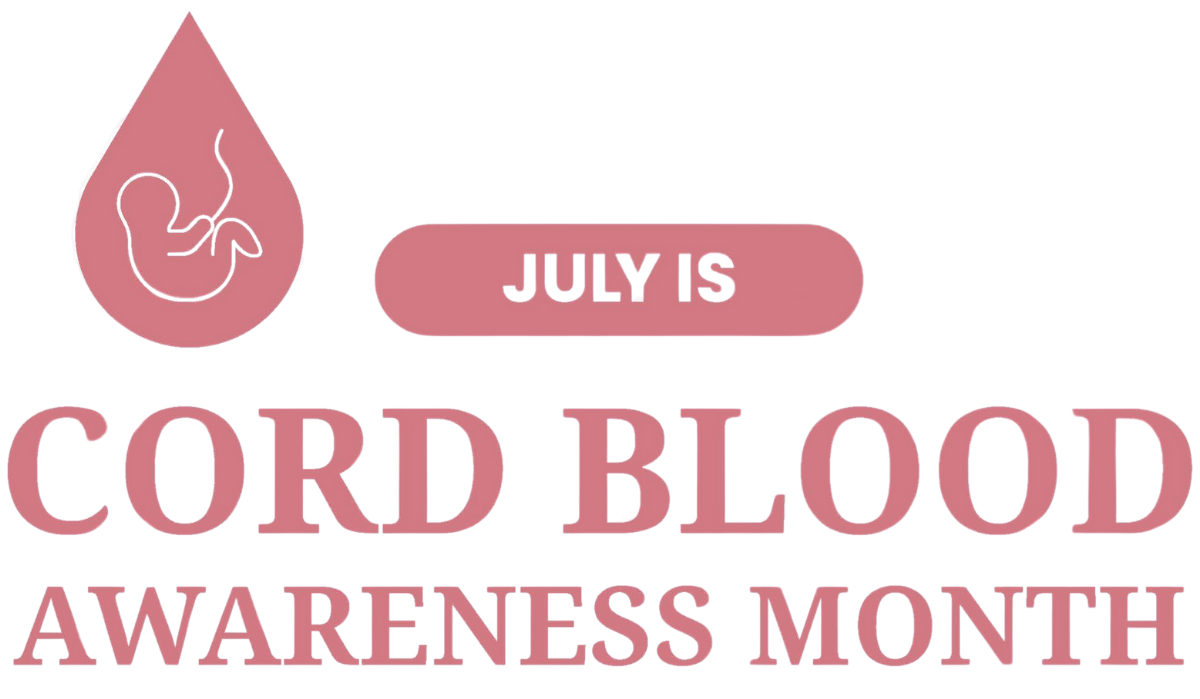
July is Cord Blood Awareness Month!
A time to shine a light on the potential of umbilical cord blood. In particular, we wanted to focus on the work that has been happening with cord blood and cerebral palsy (CP).
Cerebral palsy is an umbrella term that refers to a group of disorders affecting a person's ability to move. In most cases, it is caused by an injury to the developing brain either during pregnancy or shortly after birth. CP is the most common cause of chronic neurological impairment in children.1
Clinical trials have demonstrated that cellular therapy has regenerative and immunomodulatory potential. Current research is highlighting the potential of newborn stem cells for a wide variety of indications, including CP.
In Australia, Cell Care and the Cerebral Palsy Alliance collaborated to support the phase I cerebral palsy trial led by Murdoch Children’s Research Institute. The trial determined that infusion of sibling cord blood in children with CP was safe, and provided a benefit when used in combination with standard therapy.
The trial had 12 children receive sibling cord blood. Three Cell Care families shared their experience.
Read their stories below:
Brodie Munz
Brodie Munz was diagnosed with cerebral palsy at 18 months old. Brodie’s newborn sister Zoey’s cord blood was collected through Cell Care’s sibling program. Brodie was one of the recipients in the MCRI Phase I trial in Melbourne. His treatment took place in December 2018.
Read More >
Ruben Proctor
Ruben Proctor participated in the MCRI Phase 1 trial by using his younger brothers cord blood in October 2018. Within a month of the transfusion, Ruben was able to conquer simple tasks such as kicking a ball and walking up and down stairs.
Read More >
Charlotte West
Charlotte's mother Laura said that "before the cord blood treatment Charlotte was completely immobile and required intense care". After treatment Laura noted "We saw Charlotte go from completely immobile to making these gigantic leaps to the point of her walking independently and running".
Read More >
Cord blood and cerebral palsy from across the world
A phase II study published by researchers at Duke University showed that the use of a child’s own cord blood in children with cerebral palsy was safe, and that some children had improvement in their muscle movements. Based on the results of the study, the researchers believe that a child’s own cord blood may help to improve whole brain connectivity and motor function, when the cord blood cell dose is appropriate.
Some exciting results include that children who received cord blood infusions above the median cell dose (>20 million total nucleated cells per kilogram) demonstrated statistically significant improvements in gross motor function compared to those receiving lower doses or the placebo. The study also showed that children who received the higher cell dose had improved whole brain connectivity compared to children who received lower cell doses.
In case you missed it: Australian Medical Milestone
This year, six-year-old Zara became the first child in Australia to receive an infusion of her own umbilical cord blood as part of her cerebral palsy treatment. While not yet approved as a standard treatment globally, Zara was granted compassionate access under the Therapeutic Goods Administration’s (TGA) Special Access Scheme. The infusion took place at Monash Children’s Hospital in April, supported by Cerebral Palsy Alliance, Cell Care, and Hudson Institute of Medical Research.
This year, six-year-old Zara became the first child in Australia to receive an infusion of her own umbilical cord blood as part of her cerebral palsy treatment. While not yet approved as a standard treatment globally, Zara was granted compassionate access under the Therapeutic Goods Administration’s (TGA) Special Access Scheme. The infusion took place at Monash Children’s Hospital in April, supported by Cerebral Palsy Alliance, Cell Care, and Hudson Institute of Medical Research.
